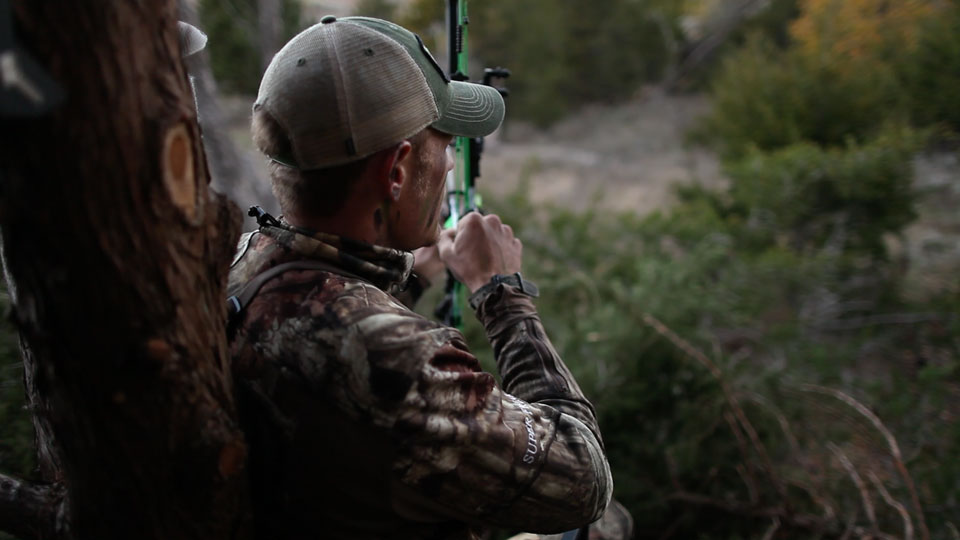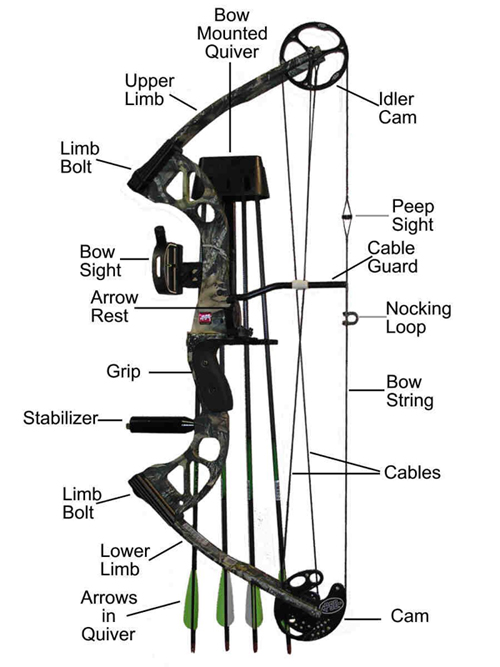Levi Morgan | BowLife.com

Few bowhunters spend much time worrying about the serving thread on their bowstring and/or cables. However, poor servings can cause major inconsistencies in how your bow performs. Whenever you are working with servings, there are several keys to make sure it will hold up and perform well.
 The most important difference between how I serve and how I see most others serve is that I weave the lead line in and out of the main serving. This holds the entire run together and keeps the serving from separating or “crawling” up and down the string. I’m sure you’ve seen it. You take the D-loop off your string and there’s a big gap in the serving where the loop material was tied onto the bowstring. Unfortunately, when this happens the serving has to move. More importantly, the serving where your nock goes has to move. You also can probably look at your cams right now and see where the serving is separating because of pressure and stress from the cams.
The most important difference between how I serve and how I see most others serve is that I weave the lead line in and out of the main serving. This holds the entire run together and keeps the serving from separating or “crawling” up and down the string. I’m sure you’ve seen it. You take the D-loop off your string and there’s a big gap in the serving where the loop material was tied onto the bowstring. Unfortunately, when this happens the serving has to move. More importantly, the serving where your nock goes has to move. You also can probably look at your cams right now and see where the serving is separating because of pressure and stress from the cams.
Now, to fix or prevent these things from happening, you have to tie the entire run together. I take the serving tag end and make it at least as long as the run I’m about to serve. I go about 10-20 wraps over that tag or lead line and then I pull it out, wrap once and lay it back down for 10-20 more wraps. I do this for the entire process. When I get about half an inch from where I need to end, I just pull that tag out and finish the serve without it. The tighter you serve the run, the better and more effective this will be. It should prevent any type of crawling you would see otherwise.
You also want to keep even pressure while serving a run. The more loosely you serve, the bigger the serving diameter and the weaker it will be. As you increase the tightness (tension) of your serving, its diameter will shrink and its strength will increase. The only real way to tie a tight serving is to use a serving tool you can adjust. Keep that tool firm against the string, and once you have your desired pressure (tension), try not to influence the serving pressure otherwise. The beginning and end maybe a little off because you have to manually serve them without a tool, so give yourself enough room on each end so that’s a non-issue.
Finally, when you finish your serve, there should be two ends sticking out – the tag end and the main line you used to wrap. Cut those down and leave at least a quarter inch sticking up. Fray the ends before burning them with a lighter, and as the burn gets close to the string, mash it down flat around the serving that’s wrapped. This keeps those tag ends from working back through and unraveling the entire run. Most of the time, I also apply a tiny dot of glue to those burns, just as an extra measure to hold them in place.
Serving isn’t an exciting part of being a great archer, but it is a critical component and something you must know how to do properly when working on your own bow. As I explained, there are a few things you can do to have the strongest, most effective serve. Most importantly, weave the tag line in and out of the main wrap throughout the length of the serve. Second, keep tight and even pressure on the thread throughout the serving process. And lastly, flare and burn both tag ends against the serving when finished to prevent them from slipping through. These three things will make your serving more durable and consistent.



























